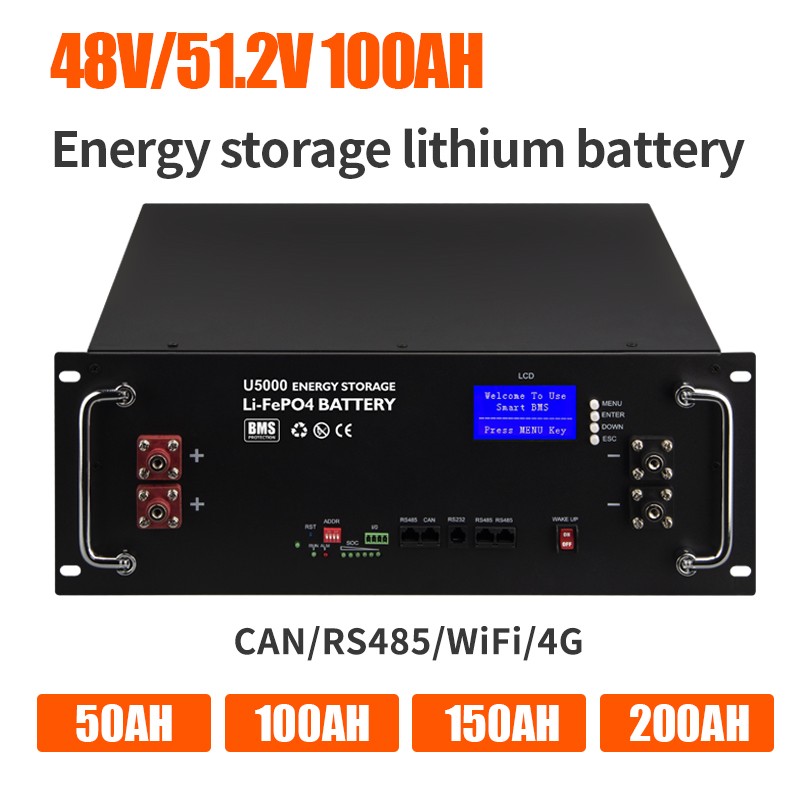Navigating Excellence: Distinguishing Features of an A-Grade GPS Solar Energy Storage System
2024-01-23
Introduction:
In the dynamic landscape of renewable energy solutions, the integration of GPS technology into solar energy storage systems marks a significant leap forward. Among these innovations, A-grade quality systems stand out, offering a host of features that redefine the standards of efficiency, reliability, and precision. In this blog, we delve into the distinguishing factors that set an A-grade GPS solar energy storage system apart from its counterparts in the market.
1. Precision in Energy Production:
A-grade GPS solar energy storage systems leverage GPS technology to precisely calculate the position of the sun. This enables optimal alignment of solar panels throughout the day, maximizing energy production and efficiency.
2. Accurate Solar Tracking:
The incorporation of GPS allows for real-time solar tracking, ensuring that solar panels follow the sun's movement with unparalleled accuracy. This dynamic tracking capability significantly enhances energy capture and output.
3. Data Accuracy and Monitoring:
A-grade systems excel in providing accurate and real-time data regarding solar energy production, storage levels, and system performance. The GPS integration contributes to reliable monitoring, offering valuable insights into the system's efficiency.
4. Enhanced Remote Management:
Remote management capabilities are a hallmark of A-grade GPS solar energy storage systems. Users can monitor and control the system remotely using GPS technology, facilitating seamless adjustments and optimizations.
5. Efficient Grid Interaction:
A-grade systems are designed to efficiently interact with the grid, balancing energy production and consumption. The GPS component aids in grid-tie capabilities, ensuring that the system can seamlessly integrate with the existing power infrastructure.
6. Safety Features and Redundancies:
These systems prioritize safety with advanced features such as rapid shutdown mechanisms, overvoltage protection, and fault detection. The inclusion of GPS enhances safety by enabling swift response to changing conditions and potential risks.
7. Scalability and Modular Design:
A-grade GPS solar energy storage systems are often designed with scalability in mind. The modular architecture allows for easy expansion to meet evolving energy needs, providing flexibility and adaptability for various applications.
8. High-Efficiency Energy Storage:
The energy storage component in A-grade systems is characterized by high efficiency and durability. Advanced battery technologies coupled with GPS-driven algorithms optimize the charging and discharging cycles for maximum energy storage.
9. Certifications and Standards Compliance:
A-grade systems adhere to stringent certifications and standards, ensuring that they meet or exceed industry benchmarks for quality, safety, and environmental impact. Certifications contribute to the credibility and reliability of these systems.
10. Environmental Sustainability:
A commitment to environmental sustainability distinguishes A-grade systems. The precision enabled by GPS technology ensures that energy is harnessed efficiently, minimizing waste and environmental impact.
Conclusion:
As the demand for sustainable energy solutions continues to rise, A-grade GPS solar energy storage systems emerge as pioneers in the field. The fusion of precision-driven GPS technology with advanced energy storage capabilities creates a synergy that redefines the standards of excellence in the renewable energy sector. With a focus on accuracy, reliability, and environmental sustainability, these systems pave the way for a greener and more efficient future.



